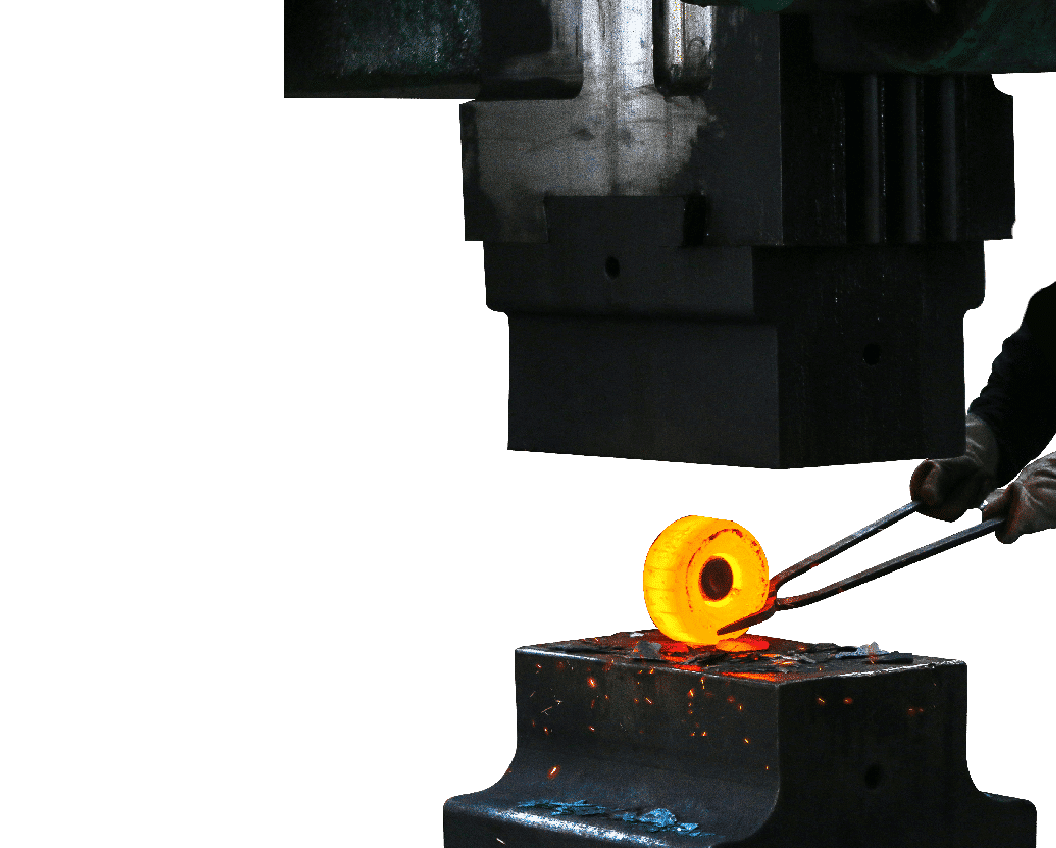
Manufacturing
Helping businesses adopt smarter operations
The Manufacturing industry involves creating value by transforming some form of raw materials into finished goods using tools, technology, labor, and machinery. Some of the most important manufacturing companies are those involved in producing aircraft, engines, automobiles, electronics, furniture, machinery, ships, steel, etc.
The industry has seen four key milestones in its journey so far:
Industry 1.0
The First Industrial Revolution (18th century). Use of steam power and mechanization of production.
Industry 2.0
19th century. Discovery of electricity and assembly line production. Henry Ford introduced the assembly line to automobile production and dramatically altered it in the process.
Industry 3.0
1970s. Partial automation using memory-programmable controls and computers.
Industry 4.0
Ongoing. Application of information and communication technologies to industry. The networking of all constituents of the manufacturing process leads to cyber-physical production systems, and therefore smart factories, in which production systems, components and people communicate via a network, and production is nearly autonomous.
Manufacturing companies witness constant challenges in forecasting the demand for their products, ensuring optimal inventory levels, enhancing process efficiency, and keeping up with the new technologies and alternatives. Industry 4.0 leverages Internet of Things (IoT), robotics, and artificial intelligence to enhance efficiency and the quality of products.
Moreover, the industry constantly requires consumer insights based on behavior changes, trend changes and also the changes in the modes of purchasing. These trends evolve every season and every year, impacting the demand and profitability.
We assist manufacturing businesses to adopt Industry 4.0 principles and leverage the power of digitalization for smarter operations. We also equip our clients with consumer insights and data analytics to understand and adapt to the changes in demand and consumer profile.
